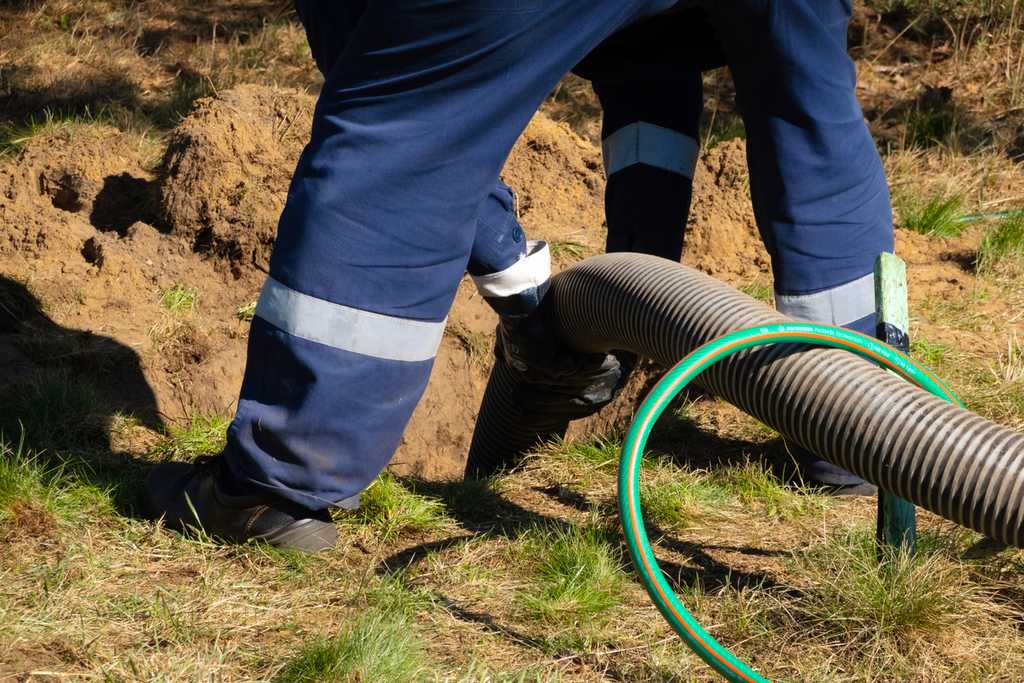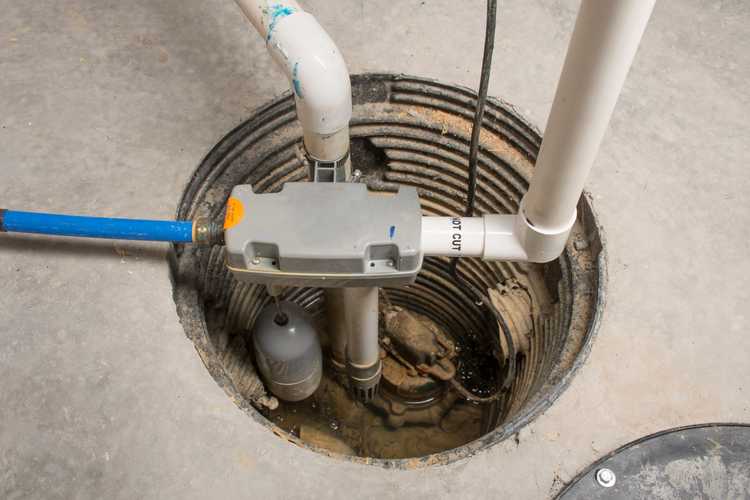Service line coverage is a form of insurance that protects you financially if the underground utility lines serving your home are damaged. These may include the electrical, water, sewer, phone, cable, or other lines buried beneath your property. You, as the homeowner, are responsible for those lines.
This insurance covers the cost of excavation and repair. It may also provide reimbursement if the damage forces you out of your home temporarily, or if you need to pay for landscaping services to return your property to its condition before the excavation.
You count on your home’s utilities to be there
It might be easy to take for granted the utilities that make your home functional and comfortable. Flip a switch and the lights come on. Turn a tap and you have fresh water. Power up your computer and you can connect to the world.
Now, imagine those services being interrupted because of damage to the underground utility lines on your property. No lights. No water. No Internet. And imagine being responsible for repairs to those lines. If the line is on your property, the repairs are your responsibility, not the service provider’s. What’s more, the repairs are likely not covered by your standard homeowners insurance policy. With the excavation involved, you could be looking at thousands of dollars in repairs to get your services restored.
This is why you might want to consider service line coverage.
How does service line coverage work?
Service line coverage reimburses you if the underground pipes and cables on your property need to be repaired. The coverage is available as a rider (added coverage) to many insurance companies’ standard homeowners policies. Companies differ in what they will insure, but may provide coverage for any of the following:
- Electrical cables
- Water pipes
- Natural gas pipes
- Sewer/waste disposal pipes
- Telephone and cable lines
- Drainage pipes
- Private wells
- Septic lines
- Steam pipes
Service line coverage may also help you pay for the landscaping services needed to restore your yard after excavation. It may even reimburse you for loss of use — if you’re forced to move out of your home temporarily until the damage is repaired, you receive some reimbursement for the cost of a hotel and any other temporary, added living expenses.
You can think of service line coverage as an alternative to the insurance offered by the utility providers themselves. But whereas their coverage applies only to their lines (for example, the gas company will provide coverage only for your gas line), service line coverage from your insurance company will cover all of your lines with a single policy.
Service line coverage limits and deductibles
Service line coverage has both limits and deductibles. The limit is the maximum amount of money the insurance company will pay if you have a claim. The deductible is your “share” of the cost to make repairs.
So, let’s say you have service line coverage with a $10,000 limit and a $500 deductible. Repairs to a damaged water line cost $8,000. This is less than the coverage limit. So if the insurance company approves your claim, it should provide full reimbursement minus your deductible. You can expect to receive a check for $7,500, leaving you responsible for the final $500.
What does service line coverage protect you from?
Underground service lines may seem “out of sight, out of mind.” But there are many ways they can be damaged. They’re susceptible to rust, corrosion, decay, and deterioration. They can be damaged by the freezing and thawing of the ground. Growing tree roots are another potential source of damage, as are vermin and rodents.
Damage can also be caused by professional landscapers or homeowners digging on the property. Such work caused 439,000 instances of underground utility line damage in 2017, according to the Common Ground Alliance (CGA].
Because the damage is on your property, you can expect the utility provider to assert that the repairs are your financial responsibility. And those repairs tend to be costly.
According to a 2017 report by the CGA, the average cost to repair damage to an underground natural gas line was $5,914, while an electric line repair cost $4,906, and a cable TV line repair cost $2,191. These estimates do not include additional costs related to landscaping, loss of use of the home during the utility’s downtime, city permits, or other expenses.
What service line coverage excludes
As mentioned earlier, service line coverage is available from many home insurers. As with almost any type of insurance, policies vary by company. You’ll want to know what is and isn’t included in the coverage, and ask any questions to the company or your agent.
Generally, however, there are several types of damage that service line coverage will not insure (these are known as “exclusions” on the policy). These may include damage to water wells and septic systems, to heating and cooling systems, to fuel tanks, to piping and/or wiring that’s not being used, and to wiring or piping that is submerged in a pond or other body of water.
Service line coverage also excludes overhead cables, such as lines running from a telephone pole to your house. However, those cables typically are the responsibility of the utility provider.
Is service line coverage worth it?
As with many types of optional insurance, deciding whether service line coverage is worthwhile is a matter of balancing cost and risk.
Service line coverage can be relatively inexpensive — as little as $30 in annual premium for $10,000 worth of coverage. And while service line disruptions are relatively infrequent — it’s unlikely you’ll have to repair a line in a given year — the cost to have one repaired can be quite steep.
The bottom line is this: You may pay a few dollars a year in premium and never use the coverage. But on the off chance you do need the coverage, you’ll be quite glad you have it.
Financial protection in case your service lines need repair
It may be easy to take your home’s utilities for granted. But the fact is that damage to underground lines on your property can happen, and those expensive repairs will be your responsibility. Consider purchasing service line coverage for added financial protection and peace of mind.



